Nashik
Introduction to Nashik District
Nashik, positioned in Maharashtra’s northwestern area, is a city rich in history, mythology, and cultural heritage. Nestled along the sacred Godavari River, it is famous as one of the four cities that host the grand Kumbh Mela, a Hindu festival occurring every twelve years. The district’s roots in history and mythology are linked to the Ramayana, where it is said that during his exile, Lord Rama resided in Panchvati. It was here that his brother Lakshman severed Shurpanakha’s nose, leading to the place being initially named “Nasik,” which was later changed to Nashik.
The Godavari River, among India’s largest rivers, begins its journey from the Trimbakeshwar Range in Nashik. This area is significant for housing one of the 12 Jyotirlingas, making it a key pilgrimage destination for Hindus. Nashik’s religious importance is further enriched by its historical and cultural legacy. It has been a birthplace and source of inspiration for notable figures such as Veer Savarkar, Anant Kanhere, and V.V. Shirwadkar. Known as the “Wine Capital of India,” Nashik stands at the center of India’s wine industry, hosting half of the nation’s vineyards and wineries. Its rich blend of mythology, religious heritage, and modern relevance makes Nashik a unique and fascinating destination.
The Rich History
The Satavahana dynasty emerged in prominence in Western Maharashtra around 50 years after Emperor Ashoka’s death. Simuka founded the dynasty, and his brother Krishna succeeded him, bringing the Nashik region under Satavahana control. Krishna’s inscription in a cave near Nashik reflects the dynasty’s Buddhist patronage. Satakarni I succeeded Krishna, and after his death, his wife Naganika governed on behalf of their sons, Vedishri and Shaktishri. Naganika’s Naneghat inscription highlights Vedishri as a fearless ruler of Dakshinapatha.
After the Satavahanas, the Abhira dynasty rose to power in Nashik, followed by the Traikutakas, Vishnukundins, Kalachuris, Chalukyas, and Rashtrakutas. Each dynasty left a unique mark on Nashik’s history through inscriptions, grants, and cultural contributions. By the 12th century, the Yadavas of Devagiri gained prominence, ruling Seunadesha, which included Nashik. They fostered Marathi literature and introduced the Hemadpanti architectural style.
Nashik played a significant role in India’s freedom struggle. In 1909, 17-year-old Anant Kanhere assassinated Nashik’s Collector, Jackson, at Vijayanand Theatre, leading to his and his accomplices’ execution. In 1930, Dr. Babasaheb Ambedkar led the Nashik Satyagraha to fight for Dalits’ entry into Kalaram Temple. He later organized movements against untouchability in the city. Nashik also hosted a key meeting in 1931 to discuss Dalit representation at the Second Round Table Conference. Interestingly, the city was called Nasik until 1982, when it became a corporation and was renamed Nashik after its population exceeded 1.2 million.
Top Tourist Attractions in Nashik
Religious Sites
- The Shri Trimbakeshwar Temple is located near the Brahmagiri mountain, from which the Godavari River originates. This revered temple was built by the third Peshwa, Balaji Bajirao, between 1740 and 1760 on the site of an ancient temple.
As one of the twelve Jyotirlingas, Trimbakeshwar Temple serves as a significant spiritual hub. The town of Trimbakeshwar rests at the base of the 3000-foot-tall Brahmagiri hill.
Shri Nivruttinath, the elder sibling of Saint Dnyaneshwar, who composed a commentary on the Bhagavad Gita in Prakrit, known as “Dnyaneshwari,” making it accessible to a wider audience. - Saptashrungi is a revered Hindu pilgrimage destination dedicated to the goddess Saptashrungi Devi, recognized as one of the significant ‘Shaktipeethas’ among the three and a half located in Maharashtra. Legend has it that Sati’s right arm, the consort of Lord Shiva, fell at this sacred spot. Encircled by seven majestic mountain peaks, the area also boasts 108 sacred water bodies known as kundas, nestled amidst forests rich in medicinal plants.
- Panchvati is located on the left bank of the revered Godavari River in the city of Nashik. Near the Kalaram temple, there are ancient and towering banyan trees that are believed to originate from five banyans, which is how Panchvati got its name. The term ‘Panchvati’ is derived from ‘Panch,’ meaning five, and ‘Vati,’ meaning banyan tree. It is also where you will find Sita Gumph, known as Sita’s Cave.
Caves
- Pandavleni Caves: These caves, situated on a hill at the outskirts of Nashik city along the Nashik-Mumbai road (NH3), have the Dadasaheb Phalke memorial at their base. Located on Trirasmi Hill, these ancient Buddhist caves date back to between 250 BC and 600 AD and rise about 3004 feet above sea level. Their northern orientation protects them from the harsh sun and southwest monsoons, preserving much of the intricate carvings and valuable inscriptions for over 1500-2000 years.
Sita Gufa, believed to be the location where Ravana abducted Sita. A tight staircase leads visitors into these caves, where they can see statues of Lord Ram, Sita, and Lakshmana, along with a Shivlinga that is said to have been worshipped by Sita herself.
Forts
- Ramshej Fort, perched atop a hill, is famously known as a stopover for Lord Ram during his journey to Lanka while in exile. The ascent to the fort requires nearly an hour of climbing. Along the way, visitors encounter a small temple dedicated to Lord Ram, which also offers lodging facilities for those wishing to rest briefly. It served as the battleground where Maratha warriors valiantly resisted Aurangzeb’s forces for over six years during the rule of Sambhaji, the illustrious son of the legendary Shivaji Maharaj.
- Anjaneri Fort: Anjaneri Fort holds a special place as it is celebrated as the birthplace of Hanumanji, attracting numerous devotees to this revered site.The fort is adorned with historical remnants, fascinating caves, and a lake shaped like a footprint, which is traditionally believed to be an imprint of Hanumanji.
Wineries
- Sula Vineyards: across approximately 160 acres, Sula Vineyards is more than just a hub for wine production; it offers an immersive educational and recreational journey. Guests have the unique chance to delve into the intricacies of winemaking through guided tours that usually conclude with a delightful wine tasting experience.
Other Attractions
- The Kumbh Mela is a monumental Hindu pilgrimage that sees a vast congregation of devotees coming together to immerse themselves in holy rivers. Recognized globally, there are four main Kumbh Melas: the Haridwar Kumbh Mela, the Allahabad (Prayagraj) Kumbh Mela, the Nasik-Trimbakeshwar Simhastha, and the Ujjain Simhastha. These gatherings unfold along the riverbanks of the Ganga, Sangam, Godavari, and Shipra. This revered Hindu festival takes place every twelve years. Celebrations center around the holy Godavari River, with major rituals including ceremonial bathing at the riverside, as well as at the Trimbakeshwar Shiva Temple and the Ram Kund.
- Dadasaheb Phalke Smarak: It honors Dadasaheb Phalke, an iconic figure and pioneering force in the realm of Indian cinema, born in Nashik on April 30, 1870. In 1913, he created the first Indian film “Raja Harishchandra” and went on to produce 95 films and 26 documentaries in a Nashik studio until 1932.
- Deolali Artillery Museum: The Artillery Centre is situated near Nashik Road, a location that also features the Deolali Cantonment Board, the CAT, and an artillery museum. Known as the largest artillery Centre in Asia, this facility was relocated from Pakistan in 1947. It serves as a key training ground for Indian Army officers and soldiers. Notably, this centre provides specialized training for the operation and handling of the Bofors Gun.
Best Time to Visit
Here’s a table summarizing the climate and best time to visit Nashik based on the provided details:
| Season | Months | Weather & Activities | Festivals & Events | Tips |
| Summer | April – June | Hot and dry with temperatures averaging around 41°C. Early months (March to mid-April) are slightly more pleasant than May and June. | Ram Navami, Rath Yatra (beautiful processions in Nashik) | Stay hydrated with water and buttermilk. Avoid extensive outdoor activities during peak heat. |
| Monsoon | July – September | Moderate to heavy rainfall. The region turns lush and radiant, but heavy rains can disrupt sightseeing plans. Ideal for scenic drives, waterfalls, and short treks. | Less festival activity due to heavy rains | Keep an umbrella or raincoat handy. Explore scenic spots during clear weather days. |
| Winter | October – March | Pleasant and cool with slightly warm days and chilly nights. Ideal for outdoor activities like hiking, exploring caves, and visiting vineyards. | Peak season with many tourists, grape harvest, vineyard tours | Book accommodations in advance. Perfect for adventure tourism and wine tours. |
Why Nashik Should Be on Your Travel Bucket List
Nashik should undoubtedly be on your travel bucket list due to its unique blend of history, culture, and natural beauty. Nestled at the foothills of the Sahyadri mountain ranges and alongside the sacred Godavari River, the city is steeped in mythology and is home to significant religious sites such as the Trimbakeshwar Temple. For history enthusiasts, Nashik offers ancient caves like Pandavleni and Sita Gufa, steeped in Buddhist and Hindu mythology.
Moreover, Nashik is famous for its vineyards, being the “Wine Capital of India,” with Sula Vineyards providing a blend of wine-tasting experiences and scenic views. For adventure seekers, the region offers forts like Ramshej and Anjaneri, steeped in history and perfect for hiking. Nashik has something for everyone, making it a must-visit destination.
Travel Essentials
Here are the travel essentials one should know
Top Attractions
Discover the beauty and culture of Maharashtra through our curated experiences
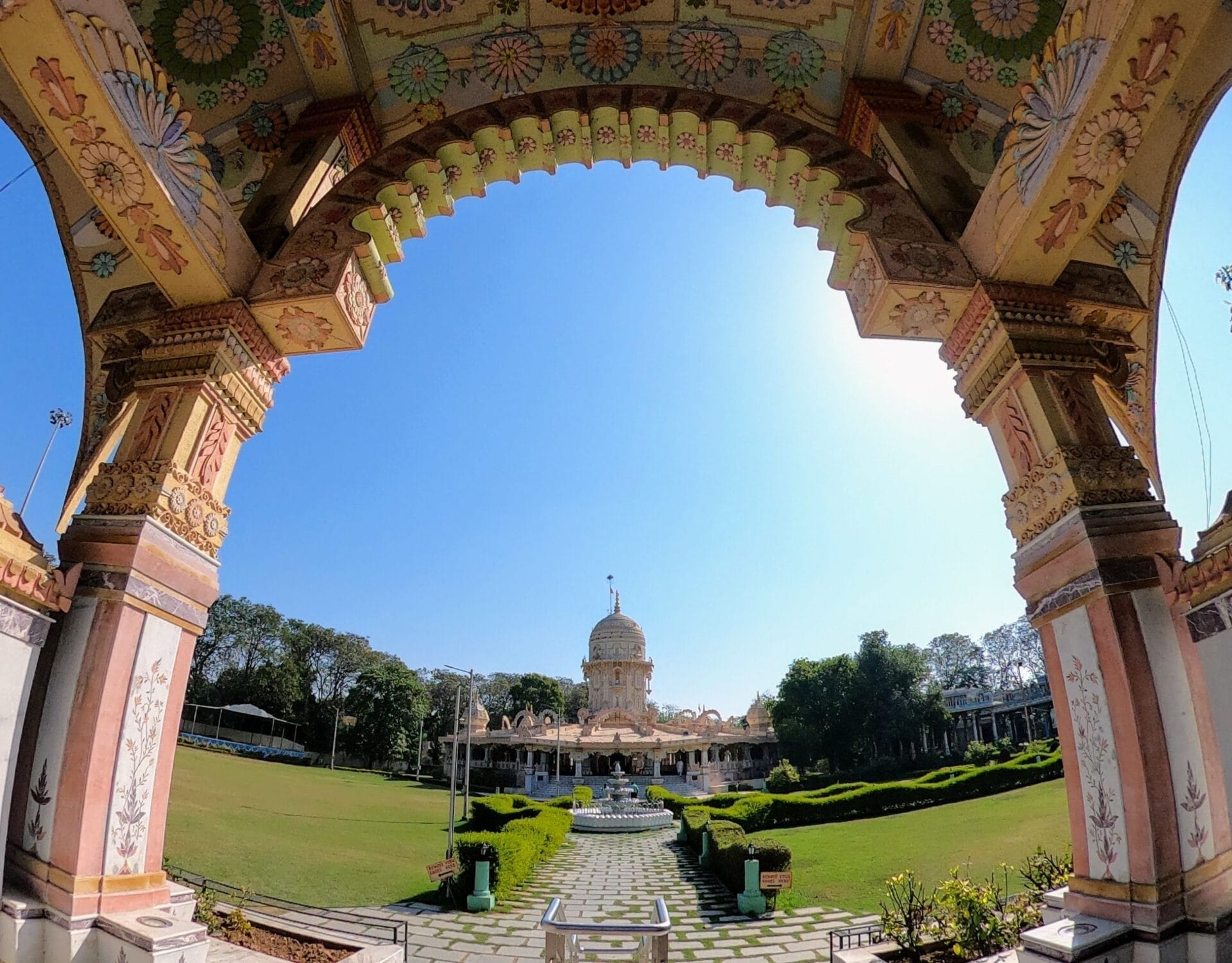
All religion temple Tapovan
All-religion temple Tapovan All-religion temple in the Tapovan area of Panchavati, which has been sanctified by Lord Ramchandra’s stay

Mangi Tungi Temple
Mangi Tungi Temple is at 125 km from Nashik ,located in Satana Taluka.

Panchvati
Panchvati is situated on the left banks of sacred river Godavari in Nashik city
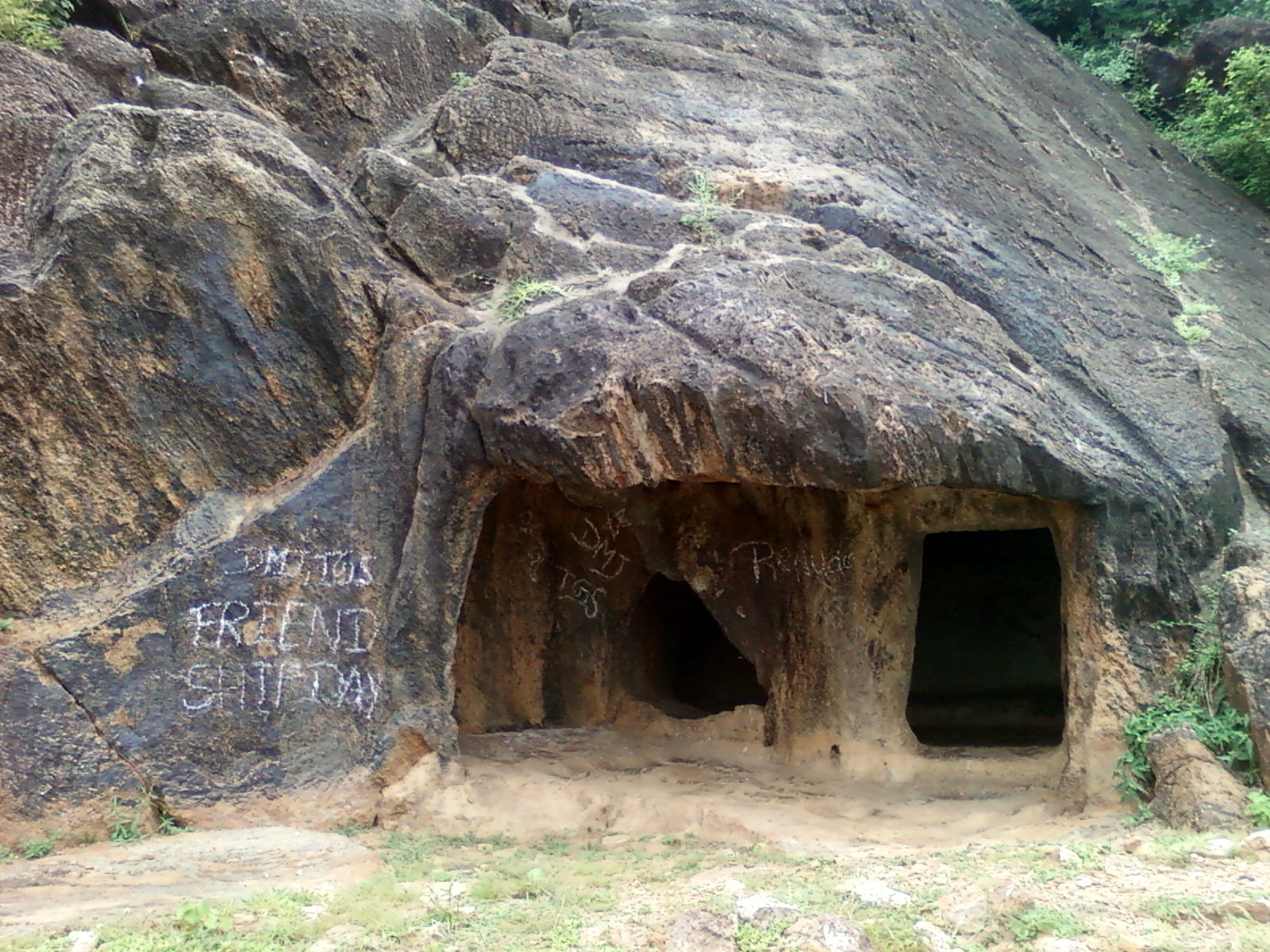
Pandav Caves
These caves are located on hill at the outskirts of Nashik city on Nashik Mumbai road (NH3) Dadasaheb Phalke smarak.
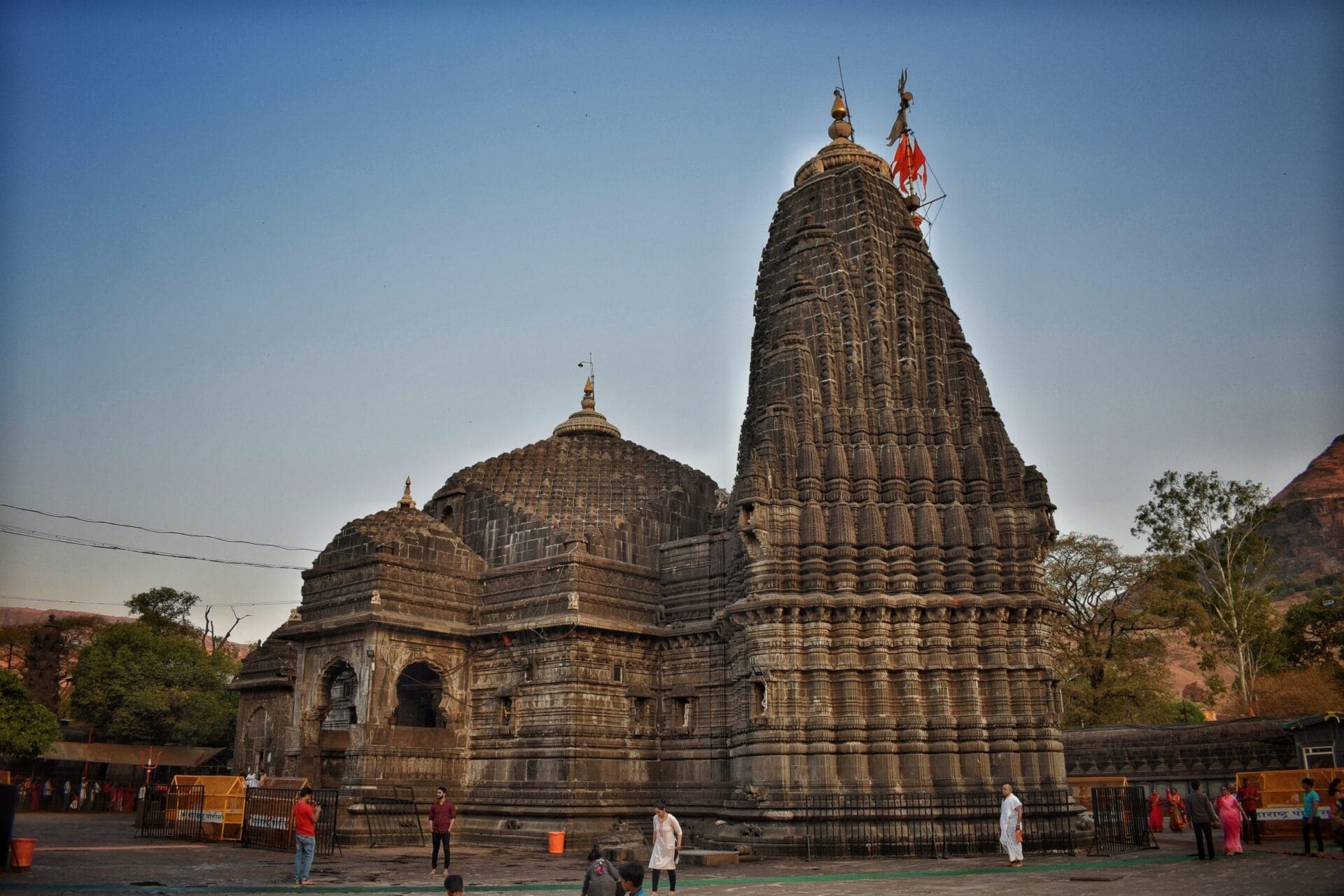
Trimbakeshwar Temple
Shri Trimbakeshwar Temple is located at a distance of about 28 km from Nashik City
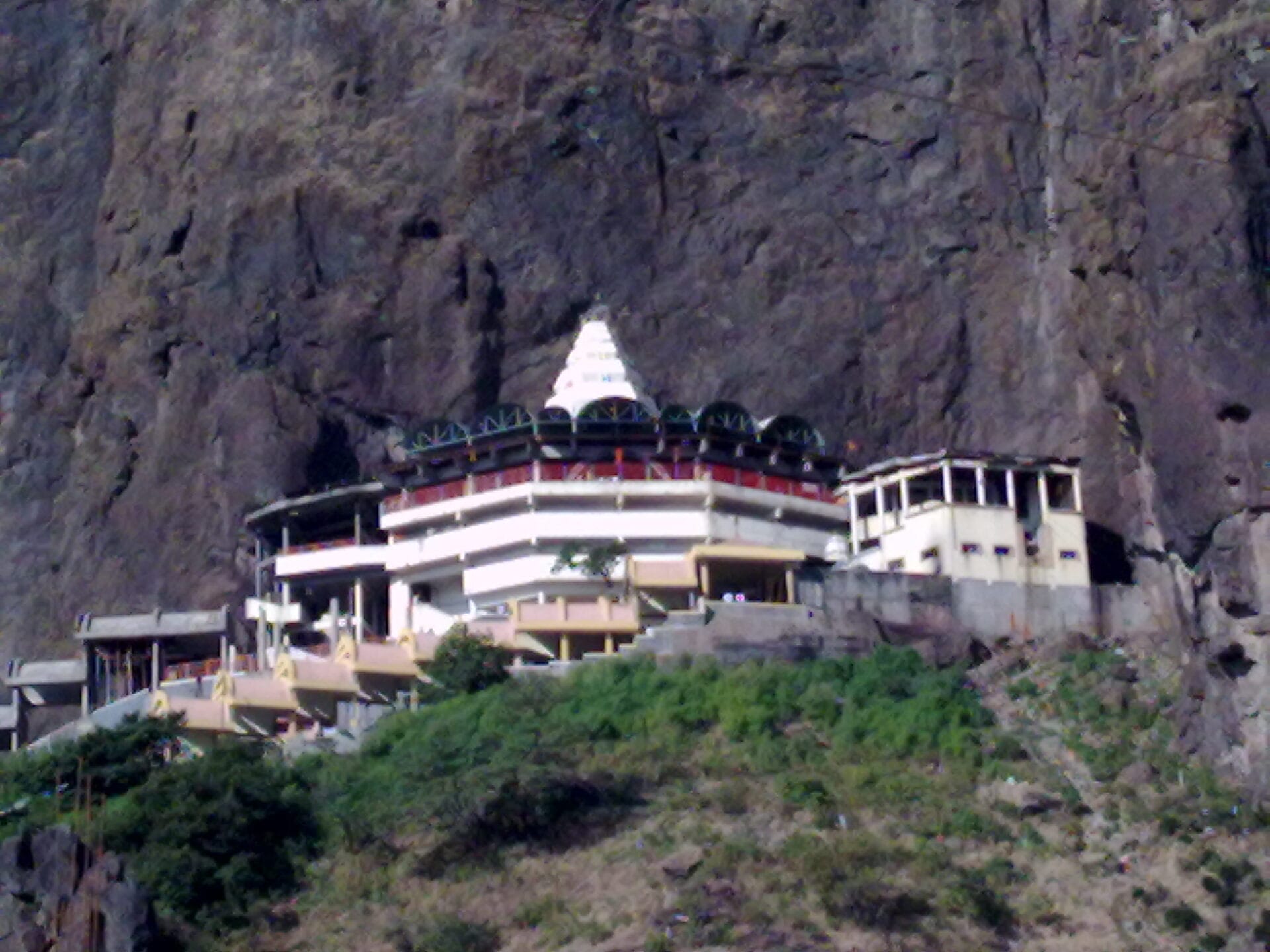
Shree Saptshrungi Gad Vani
Shree Saptshrungi Gad is situated at a distance of 60 km from Nashik in Kalwan Tahsil.

Shree Someshwar Temple
This temple is on the way to Gangapur dam, at a distance of 8km from Central Bus Stand

Ramkund Nashik
Ramkund is located along the bank of Godavari River.

Dhammagiri - Vipassana Centre
It is located in Igatpuri town of Nashik District. Igatpuri is also taluka headquarter

Kushavart Tirtha-Trimbakeshwar
Kushavart Tirtha is situated at the heart of Trimbakeshwar town 400 mts away from Trimbakeshwar Jyotirlinga temple.
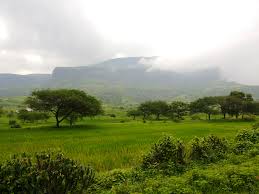
Anjaneri
Anjaneri, located in the Nashik district of Maharashtra, India, is believed to be the birthplace of Lord Hanuman. It is renowned for its religious significance and scenic trekking routes, attracting pilgrims and nature enthusiasts alike to its ancient temples and hills.

